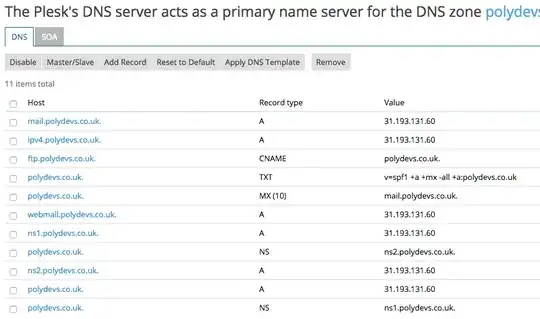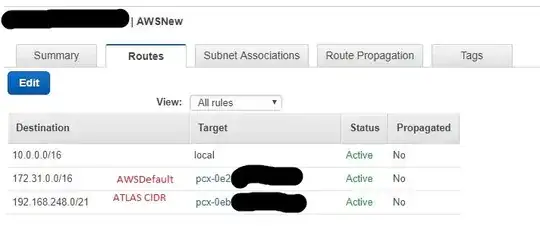I have an AWS Lightsail instance (deployed in AWS Managed VPC) that I want to connect to my Mongo ATLAS (deployed in Mongo Managed VPC).
I was able to connect my AWS Services (Lambda, API Gateway) to ATLAS internally, without going through the internet.
I have a peering connection from ATLAS to AWS (New VPC without internet) I have a peering connection from Lightsail to AWS (default VPC)
I need to be able to route the connection from Lightsail to ATLAS.
I created a peering connection between my "New VPC" and "default VPC", and updated the routing table. But still, the lightsail tries to go through the internet. It gets connected only when I whitelist the lightsail public IP.


